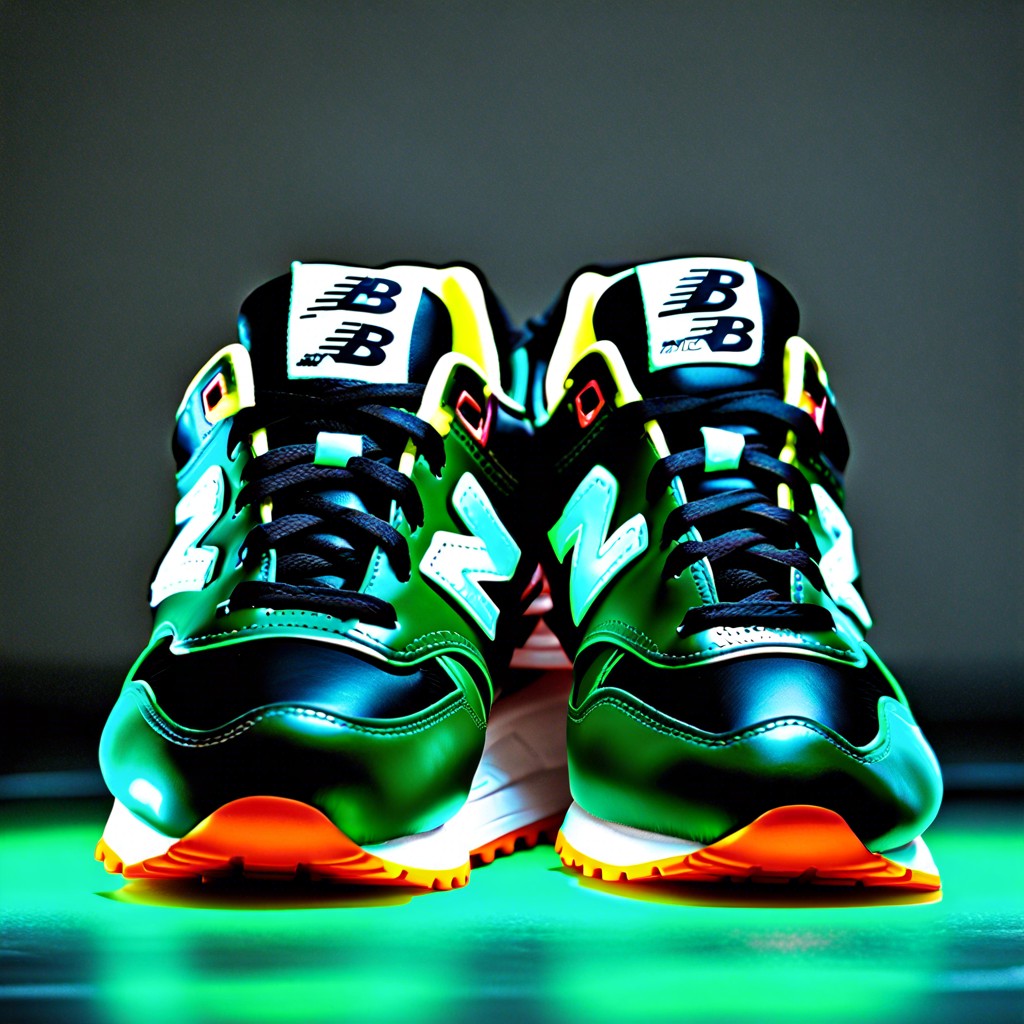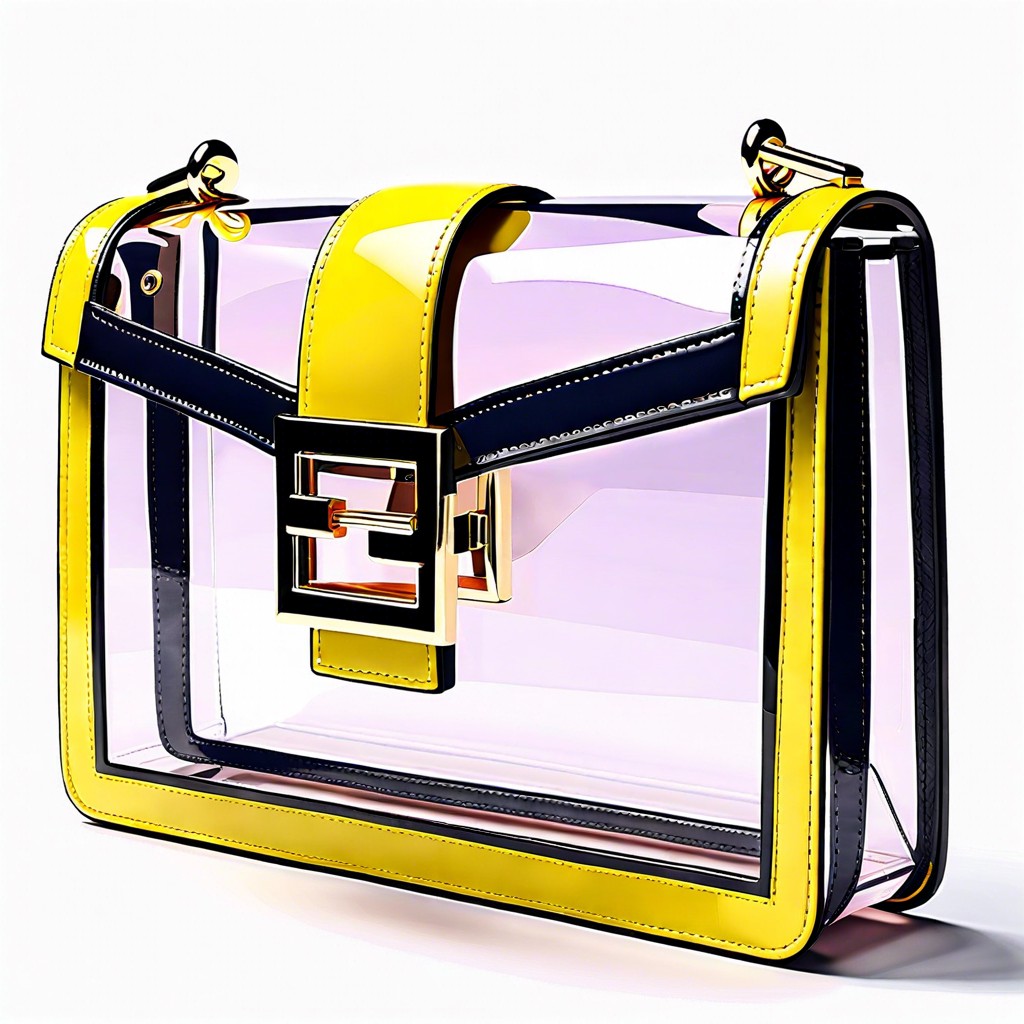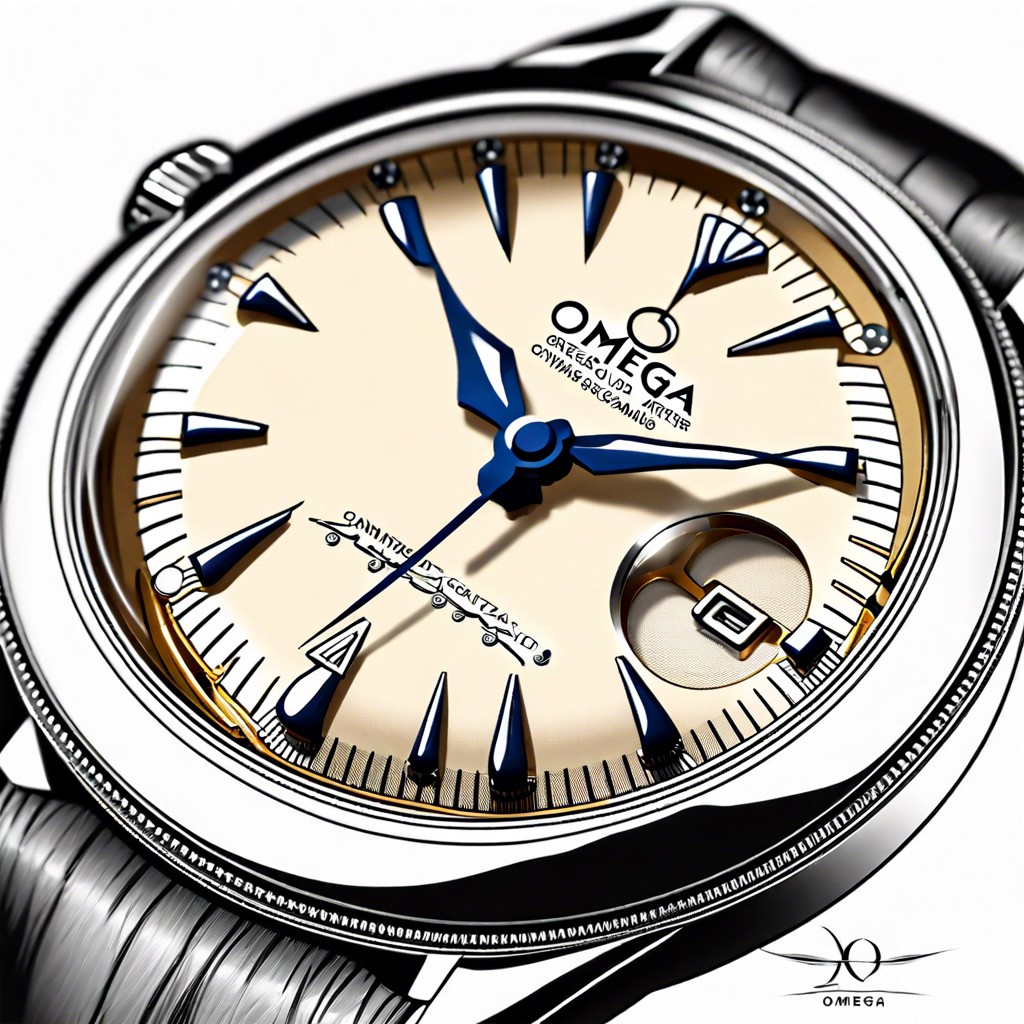Last updated on
Discover practical tips for buying vintage swimsuits and learn how to choose pieces that combine style with historical significance.
Key takeaways:
- Vintage swimsuits have evolved throughout the decades, reflecting societal changes and shifting norms around body image and gender.
- Key styles in vintage swimwear include the tank suit of the 1920s, two-piece swimsuits of the 1940s, corset-style swimsuits of the 1950s, and the revolutionary bikini of the 1960s.
- Societal changes, such as the Roaring Twenties and World War II, influenced the aesthetics and practicalities of swimsuit designs.
- Authentic vintage swimsuits can be found on online marketplaces like Etsy and eBay, in specialty vintage shops, at fashion markets and vintage fairs, and through estate sales and auctions.
- Pioneering designers like Jantzen, Jean Patou, and Rudi Gernreich have played a significant role in shaping the development of vintage swimwear.
Evolution of Vintage Swimsuits: 1920s to 1970s

The 1920s showcased modest, heavy wool designs that often included stockings and broad, short-sleeve tops, mirroring the conservative values of the time. As the decade advanced, swimsuits started conforming more to the natural body shape, though they remained quite conservative.
By the 1930s, manufacturers adopted new materials like Lastex, which hugged the body closer than wool. This era also saw the back of the swimsuit begin to lower, reflecting a gentle shift towards more liberal designs.
The 1940s were defined by the introduction of the two-piece swimsuit, though it was considerably modest by today’s standards, typically high-waisted and with a halter neck. World War II influenced material rationing, leading to more revealing designs due to fabric shortages.
Entering the 1950s and 60s, Hollywood and starlets like Marilyn Monroe popularized more glamorous and form-fitting styles, including the now-iconic bikini introduced in 1946, though it didn’t gain widespread acceptance until later. These decades experienced a surge in colorful and patterned swimwear.
The 1970s marked a bold departure with the introduction of synthetic materials like nylon and spandex, allowing for even more skin-tight and daring designs. Swimsuits became a canvas for vibrant patterns, neon colors, and experimental cuts that challenged previous norms.
Iconic Styles in Vintage Swimwear

The 1920s introduced swimsuits that emphasized modesty with styles like the tank suit. Made from wool, these suits covered most of the body, ensuring swimmers stayed decent by the era’s standards.
Moving into the 1940s, materials and attitudes shifted. The invention of nylon led to more form-fitting designs. World War II’s fabric rationing inadvertently slimmed down the silhouette, birthing the two-piece swimsuits, though still far from the bikini standards known today.
The 1950s heralded the hourglass figure, accentuated by corset-style swimsuits with structured tops and cinched waists, often in playful polka dots or nautical stripes.
But it was the 1960s that truly revolutionized swimwear with the introduction of the bikini. Named after the Bikini Atoll, where atomic tests were held, its explosive entry into fashion mirrored the era’s bold social changes.
Each decade’s distinct style tells a story not just about fashion but about societal shifts, technological advancements, and evolving norms around body image and gender.
Influence of Social Changes On Swimsuit Designs

As societal norms evolved, so did the aesthetics and practicalities of swimwear. Here’s a quick glance at how significant shifts in society influenced swimsuit designs:
– **1920s-1930s**: The Roaring Twenties ushered in more daring fashions. Women’s swimwear transitioned from heavy wool dresses to tighter, lighter suits that offered greater freedom for swimming and leisure activities.
– **1940s**: World War II had a pragmatic impact on fashion, including swimwear. Fabric rationing led to the introduction of two-piece swimsuits, which required less material than their predecessors.
– **1950s-1960s**: The booming post-war economy and the rise of youth culture saw swimwear becoming a fashion statement. Bikinis became popular as symbols of leisure and liberation, reflecting the era’s newfound openness and the sexual revolution.
– **1970s**: With the growing feminist movement, there was a push for comfort and body positivity. Swimsuits with more diverse sizes and styles emerged to accommodate and celebrate various body types.
Through each decade, swimwear mirrored the prevailing cultural currents, demonstrating fashion’s responsive nature to broader societal shifts.
Where to Find Authentic Vintage Swimsuits

For collectors and fashion enthusiasts, exploring online marketplaces like Etsy and eBay is a great starting point. These platforms feature a diverse array of options from various eras. Specialty vintage shops, both online and in local areas, often curate a selection of swimwear. Be sure to ask store owners for specific pieces from particular decades.
Fashion markets and vintage fairs are also rich hunting grounds for authentic pieces. Here, you can often negotiate prices and inspect the quality directly. Some collectors even find success at estate sales or auctions, where rare and well-preserved items can emerge.
Social media groups dedicated to vintage fashion are valuable resources. Members often share tips on upcoming sales, reliable vendors, and care advice for delicate garments. Joining these communities can provide insider knowledge and connect you with fellow vintage enthusiasts.
Popular Brands and Designers of Historical Swimwear

Exploring the key players in the development of vintage swimwear unveils a tapestry of pioneering designers who shaped modern beach fashion. Jantzen, an American brand established in 1916, was instrumental in popularizing the knitted wool swimsuit, a significant departure from the heavy, cumbersome designs previously worn. Their famous Diving Girl logo became a symbol of swimwear chic.
In France, Jean Patou was another influential figure, introducing sleek, figure-hugging suits in the 1920s that emphasized comfort without sacrificing style. His designs complemented the liberating social attitudes of the time, allowing wearers greater freedom and mobility.
Rudi Gernreich in the 1960s pushed boundaries further with his introduction of the monokini, challenging traditional norms and introducing a new era of swimwear that highlighted body positivity and freedom. His designs remain celebrated for their avant-garde approach and daring simplicity.
Each of these designers left a lasting impact on how swimwear is viewed and worn, transforming it from mere functional attire into a fashion statement.




